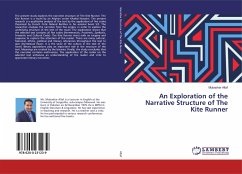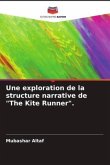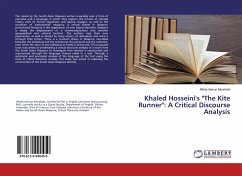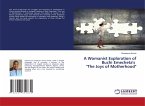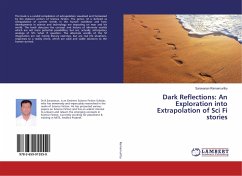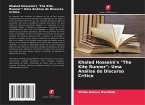The present study explores the narrative structure of The Kite Runner. The Kite Runner is a novel by an Afghan writer Khaled Hosseini. The present research is a qualitative analysis of the text by the application of five codes theorized by French Critic Roland Barthes in his seminal book S/Z. The researcher analyses the narrative from five angles, in order to explore the underlying structure of the text of the novel. The exploration shows that the selected text contains all five codes (Hermeneutic, Proairetic, Symbolic, Semantic and Cultural Code). The Kite Runner starts with an enigma and suspense to capture the attention of the reader. There are many cultural, historical, ethnic, political and literary references throughout the text to give intertextual flavor. It is the voice of the culture in the text of the novel. Binary oppositions play an important role in the structure of the text. Meanings are created by the binaries. Finally, the study concludes that the narrative contains multi-voices. The application of the codes on the selected text enhances an understanding of the reader and critic to appreciate literary narratives.
Bitte wählen Sie Ihr Anliegen aus.
Rechnungen
Retourenschein anfordern
Bestellstatus
Storno

